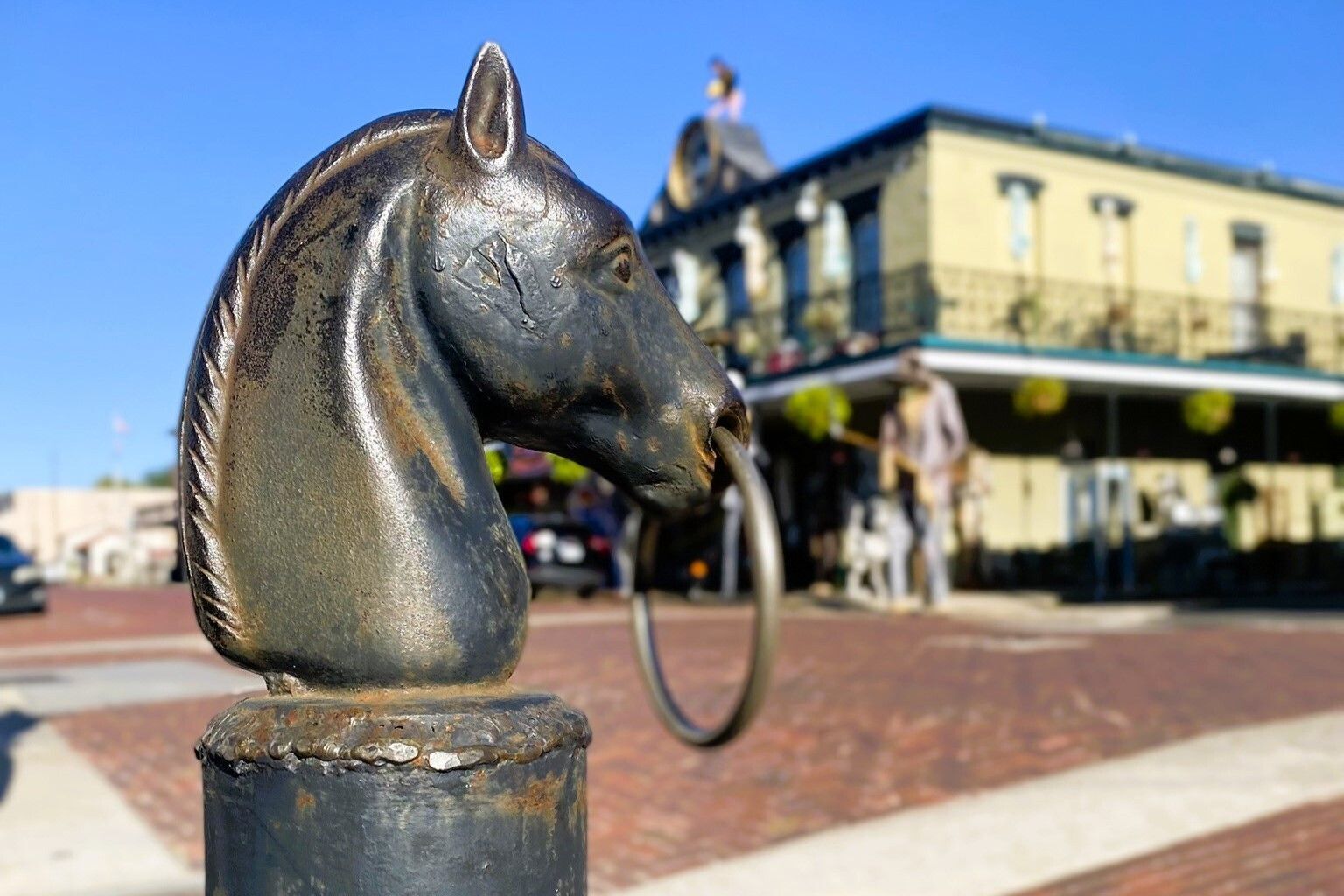Building on the Past to Serve the Future
By David D. Martinez, THF President
June 2016
In the latest issue of Texas HERITAGE, the main articles tell stories of archeological investigation, but from two very different perspectives.
One piece looks at the challenges of doing fieldwork when the object of study is rock art spread across a wall in the Lower Pecos Canyonlands. That topic brought to mind some early THF history, when the organization served as the funding arm for the Texas Historical Commission.
The 1969 formation of the Amistad Reservoir, near Comstock, allowed access for the first time to Panther Cave, a known location of ancient rock art. At that time, the site was on private property situated at the mouth of Seminole Canyon, and as such, was unprotected and vulnerable to damage by curious hikers. The Foundation arranged a short-term lease of Panther Cave with the landowner and then funded the construction of a 12-foot high chain link fence to protect the drawings. These measures stayed in place until the mid-1970s when the Texas Parks and Wildlife Department acquired the land for a state park.
The other featured article in this issue centers on the San Antonio Founding Initiative 2018, a project exploring the origins of 19th-century Tejano ranchos. The research being done at these historic sites, which will provide detail dating to the earliest settlement of the Alamo City, is being supported by a 2015 grant from the Texas Historical Foundation’s Joseph Ballard endowment. This fund bears the name of the Fort Worth businessman and past THF president who donated $100,000 to the Foundation as seed money for an “archeology bank”. The endowment was renamed in Ballard’s honor following his death in 1983.
The visionary preservationists set THF on a path of archeological assistance that has had far-reaching effect in the state. Grant gifts have been given for work at the Gault Site in Central Texas and the Genevieve Lykes Duncan location in the far western region of the state. Underwater projects near Galveston have benefited from THF aid, as have museums showcasing their artifacts in the Brazos Valley, Midland, and Corsicana. The important archeology work has helped prove – or in some cases, disprove – historical theories and provided for the scholarly exploration of the state’s past.
Joseph Ballard understood the importance of saving the stories and treasures of this state. Others with similar mindsets have followed.
As I finish my tenure as president of the Texas Historical Foundation, I would be remiss if I did not mention those who serve the organization today as directors, for they “have been laborers in this work.”1 These men and women have contributed their time and resources to ensure that future generations know about their past and understand the importance of saying, “I am a Texan.” As I pass the torch, I have confidence that preservation and the Texas Historical Foundation are in good hands because there are still Texans who care and willingly serve the “gallant cause”2 of history.
God Bless Texas!
Editor’s note: Both numbered citations are from Texas Historical Commission and Texas Historical Foundation: The First Quarter Century published in 1979.

